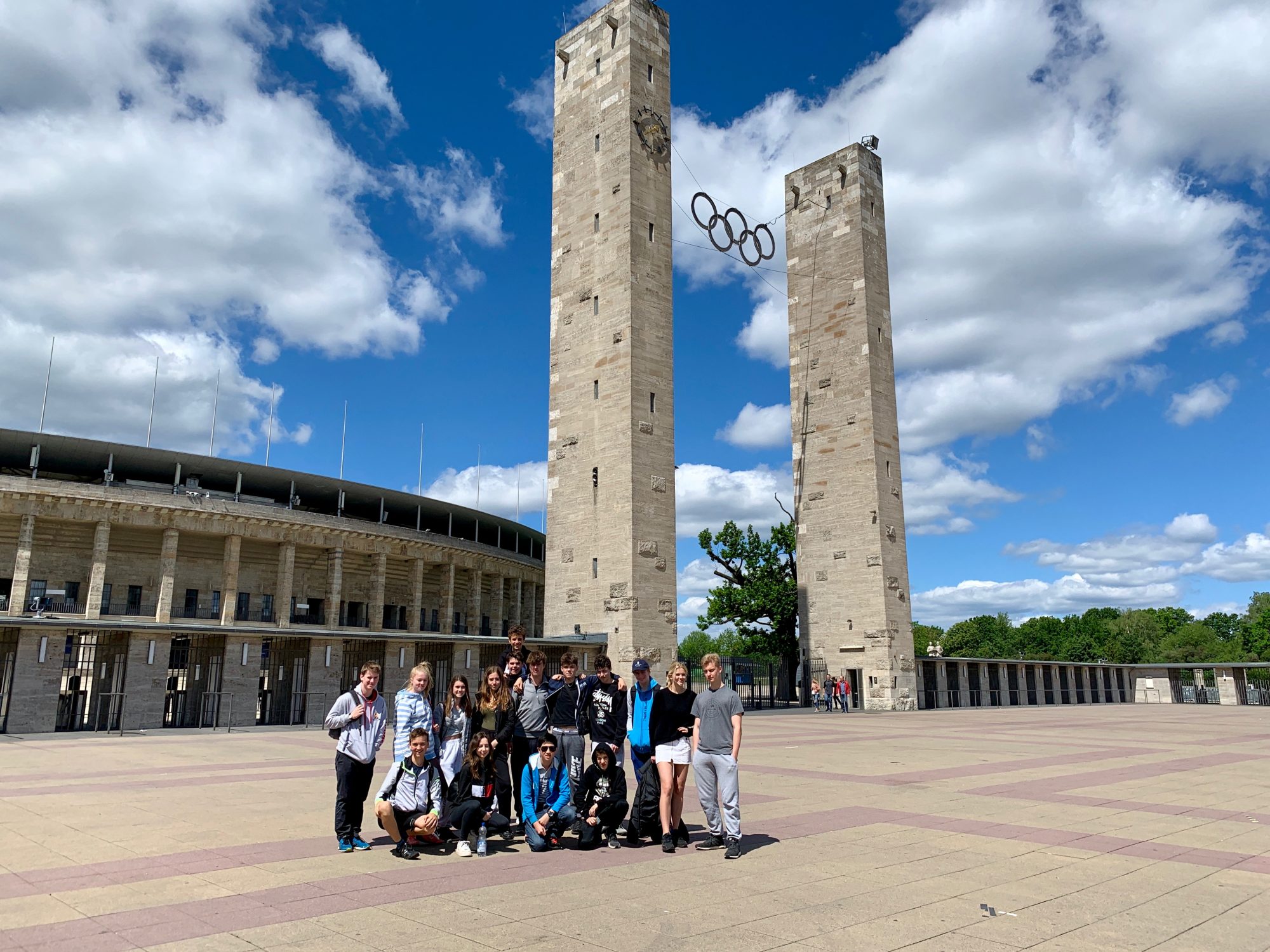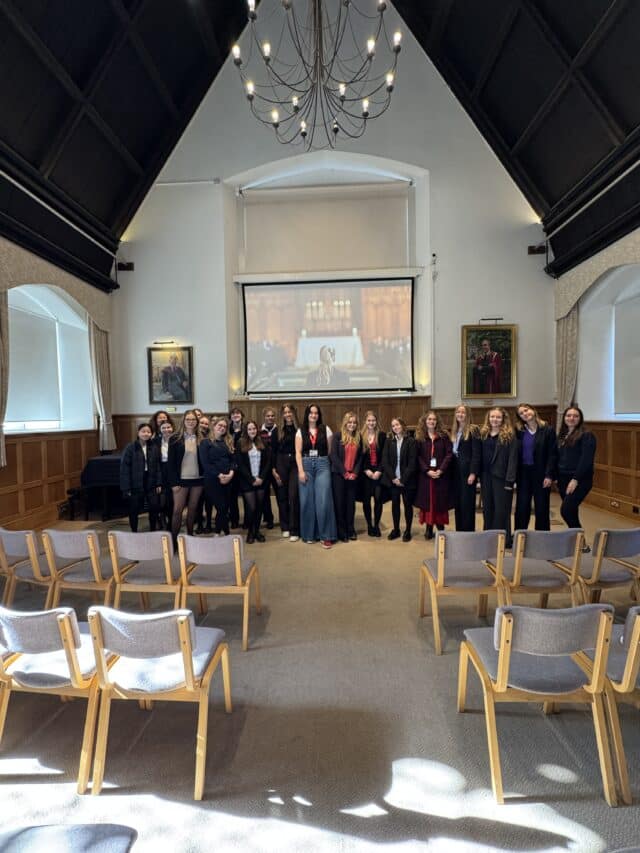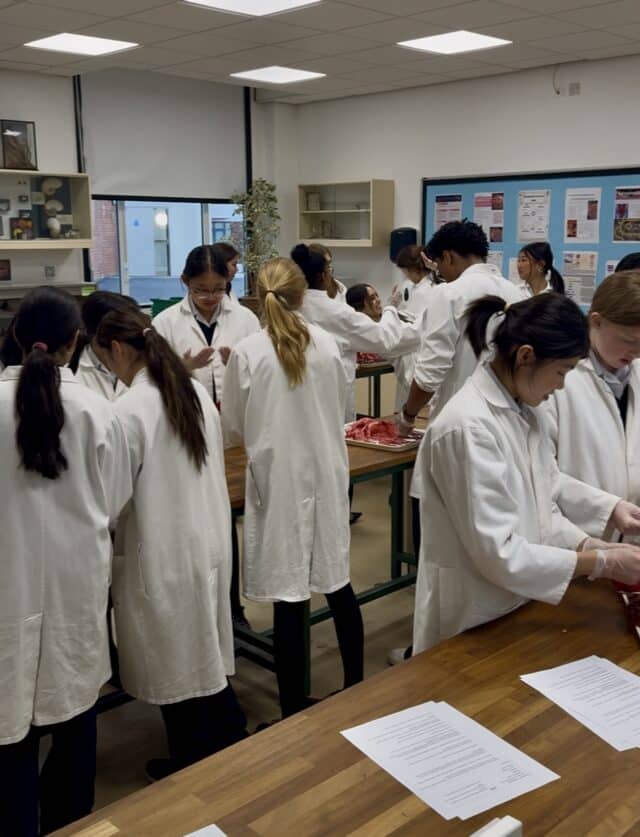Sixteen Upper Fourth pupils spent three enthralling days in Berlin at the start of the half term break.
Energetically criss-crossing the city by train and tube, the pupils visited a host of sites that are key in illustrating how Berlin became the fulcrum along which so many of the twentieth century’s key events turned.
Day one ended with a moment of reflection gazing across the rooftops of Berlin from the roof of the Reichstag. The walking tour that afternoon had taken the group to several sites of Berlin’s brutal past; the site of Hitler’s bunker, the place from which Rosa Luxemburg’s body was pulled from the Landwehr Canal, and the courtyard which witnessed the execution of Von Stauffenburg after his failed attempt to assassinate Hitler.
These joint themes of enquiry and remembrance continued over the following two days. The guided tour of Sachsenhausen Concentration Camp was informative and profound. The camp was the prototype, run by the SS, of the death camps built later in the war in Eastern Europe and all couldn’t help but be moved on learning what happened on that site.
A highlight of the final day was a visit to the Olympic Stadium built by the Nazis for the games of 1938. Yet perhaps the most poignant moment of the trip came on leaving these grand surroundings, as the group made their way to the Commonwealth War Graves cemetery. Here lie over 3,500 men and women who died fighting for the allies during the Second World War; one of whom is Flight Sergeant E.W.Ebsworth, great-grandfather to Tom Scott (C), who was shot down over Berlin in January 1944.
All returned tired but content early on Thursday morning. My thanks go to Lydia Hopkins for her able assistance on the trip.
By Mr James Dunn





